- Curved Lithium Polymer battery
- Fast Charge Polymer Battery
- Flexible Polymer Lithium Battery
- Ultra-thin Polymer Battery
/ Blog /
John Goodenough: Nobel Laureate and Pioneer of Lithium Battery Technology
29 Nov, 2023
By hoppt
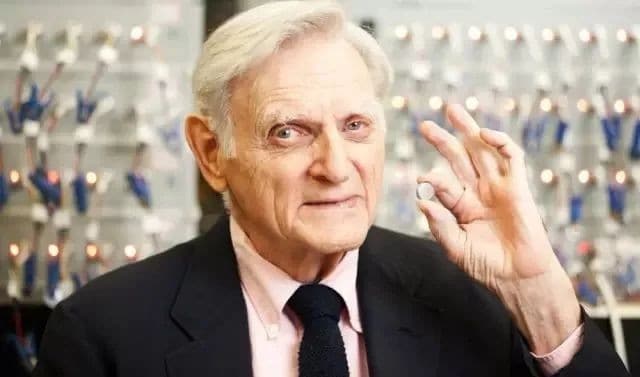
John Goodenough, who received the Nobel Prize at the age of 97, is a testament to the phrase “Goodenough” – indeed, he's been more than just "good enough" in shaping both his life and human destiny.
Born on July 25, 1922, in the United States, Goodenough had a lonely childhood. The constant threat of divorce between his parents and an elder brother preoccupied with his own life led to Goodenough often finding solace in solitude, with only his dog, Mack, for company. Struggling with dyslexia, his academic performance was not stellar. However, his love for nature, developed during his wanderings in the woods, catching butterflies and groundhogs, nurtured a passion for exploring and understanding the mysteries of the natural world.
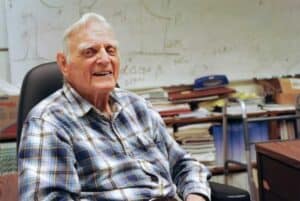
Lacking maternal affection and facing his parents' divorce during his crucial high school years, Goodenough was determined to excel academically. Despite financial hardships and having to juggle part-time jobs to afford his tuition at Yale University, he persevered through his undergraduate years, albeit without a clear academic focus.
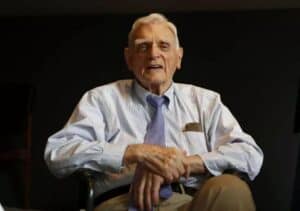
Goodenough's life took a turn when he served in the U.S. Air Force during World War II, later transitioning to pursue his dream in science at the University of Chicago. Despite initial skepticism from his professors due to his age, Goodenough was undeterred. His doctoral studies in physics at Chicago University and subsequent 24-year tenure at MIT's Lincoln Laboratory, where he delved into lithium-ion movement in solids and foundational research in solid-state ceramics, laid the groundwork for his future achievements.

It was the oil crisis of 1973 that pivoted Goodenough's focus towards energy storage. In 1976, amidst budget cuts, he moved to the University of Oxford's Inorganic Chemistry Laboratory, marking a significant turn in his career at the age of 54. Here, he commenced his groundbreaking work on lithium batteries.
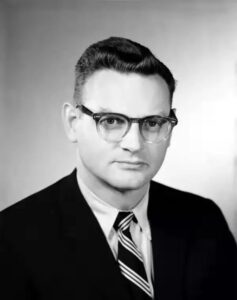
Goodenough's research in the late 1970s, a time when electronic products were becoming popular, was crucial. He developed a new lithium battery using lithium cobalt oxide and graphite, which was more compact, had higher capacity, and was safer than previous versions. This invention revolutionized lithium-ion battery technology, reducing costs and enhancing safety, although he never profited financially from this multi-billion-dollar industry.
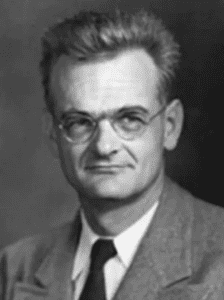
In 1986, returning to the U.S., Goodenough continued his research at the University of Texas at Austin. In 1997, at 75, he discovered lithium iron phosphate, a cheaper and safer cathode material, further advancing portable electronics technology. Even at 90, he shifted his focus to solid-state batteries, exemplifying lifelong learning and pursuit.
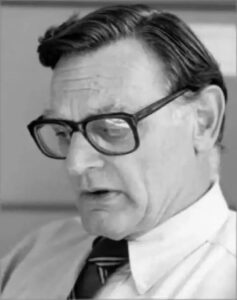
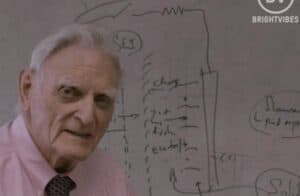
At 97, when he received the Nobel Prize, it wasn't the end for Goodenough. He continues to work, aiming to develop a super battery for storing solar and wind energy. His vision is to see a world free of car emissions, a dream he hopes to realize in his lifetime.
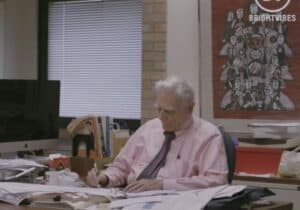

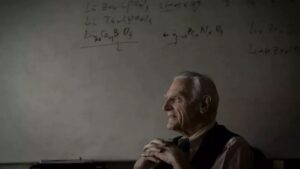
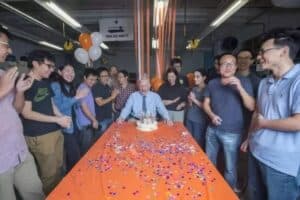

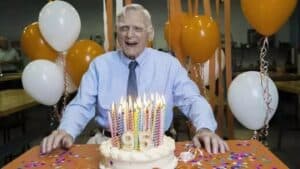
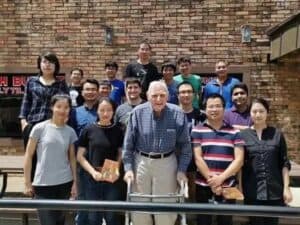
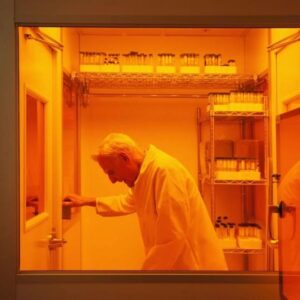
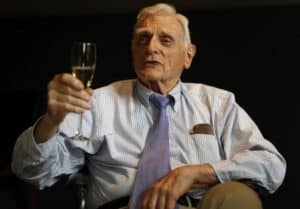
John Goodenough's life journey, marked by relentless learning and overcoming challenges, demonstrates that it's never too late to achieve greatness. His story continues as he relentlessly pursues knowledge and innovation.



